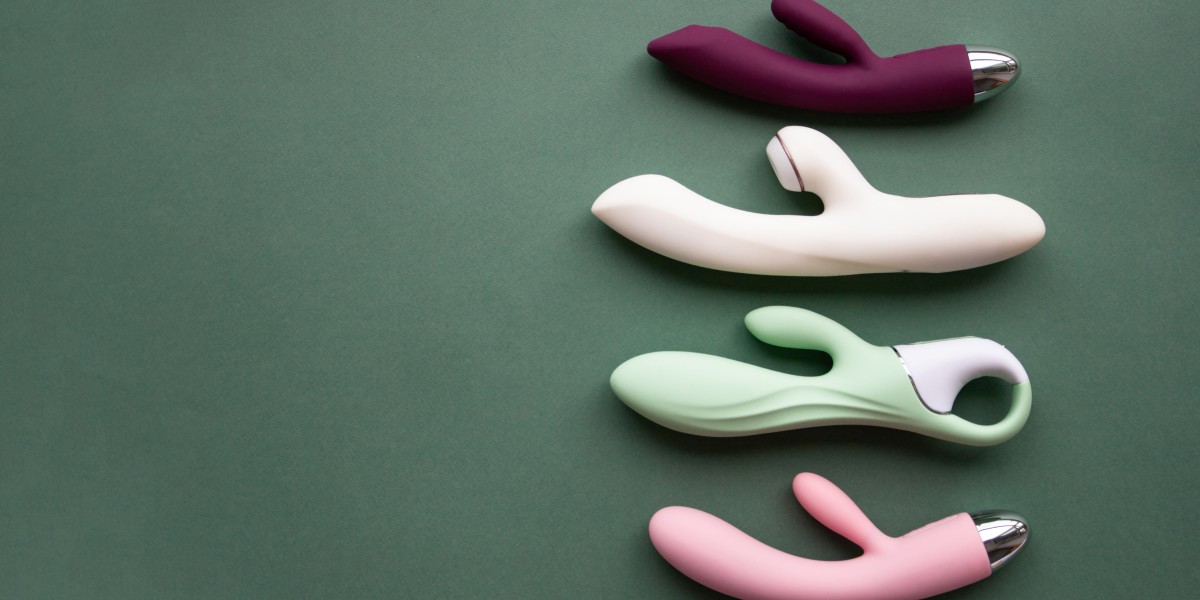The fashion magazine is not only a site of aesthetic pleasure but also a battleground of representation. The choice of who appears on its cover, which body types are valorized, and which narratives are foregrounded reflects deeper struggles over race, gender, sexuality, and class. The fashion magazine, while glamorous, is inherently political, its pages shaping cultural visibility and invisibility with enduring consequences.
Historical Exclusions
For much of its history, the fashion magazine privileged a narrow vision of beauty—white, thin, heterosexual, and affluent. This exclusionary paradigm rendered entire communities invisible, reinforcing systemic hierarchies under the guise of style. To appear in a fashion magazine was to be legitimized, and for decades, such legitimacy was denied to marginalized groups. The legacy of this exclusion continues to shadow the authority of the fashion magazine, even as its imagery diversifies.
Race and Cultural Visibility
Recent decades have seen a gradual inclusion of diverse racial identities in the fashion magazine, with Black, Asian, and Indigenous models gaining prominence. Yet, representation often remains superficial, celebrated in tokenistic bursts rather than structural transformation. A cover featuring a non-white model may signal progress, but the deeper editorial narratives of the fashion magazine still frequently prioritize Eurocentric aesthetics. This tension underscores the ongoing politics of visibility within its pages.
Gender and Body Politics
The fashion magazine has also been central to debates about gender roles and body politics. Historically reinforcing rigid femininity, the fashion magazine now increasingly features non-binary models, gender-fluid fashion, and body-positive movements. These shifts demonstrate the magazine’s responsiveness to cultural critique but also expose its complicity in maintaining unrealistic ideals for decades. The fashion magazine thus remains a contradictory space—both conservative in legacy and progressive in adaptation.
Sexuality and Queer Aesthetics
Queer aesthetics are increasingly visible within the fashion magazine, particularly in avant-garde editorials that celebrate fluidity and experimentation. Yet, mainstream issues often sanitize queer representation to make it palatable for broader audiences. This selective inclusion highlights how the fashion magazine navigates cultural politics: it gestures toward inclusivity while safeguarding its commercial viability.
Conclusion
The fashion magazine is a political actor disguised as an aesthetic artifact. Its decisions about representation shape who is celebrated, who is marginalized, and who is erased. By interrogating race, gender, body politics, and sexuality within the fashion magazine, one uncovers its role in reinforcing and contesting cultural hierarchies. As representation becomes an increasingly urgent demand, the fashion magazine stands at the threshold of either perpetuating exclusion or embodying genuine inclusivity.







